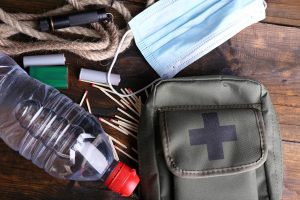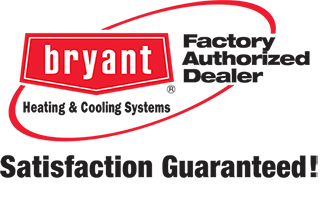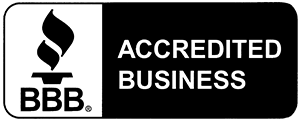 Now that blizzards and freezing conditions are over for now (hopefully we didn’t just jinx ourselves), most of us are out of hibernation mode and are now thinking about warmer temperatures, sunshine, and outdoor fun. But safety never take a holiday.
Now that blizzards and freezing conditions are over for now (hopefully we didn’t just jinx ourselves), most of us are out of hibernation mode and are now thinking about warmer temperatures, sunshine, and outdoor fun. But safety never take a holiday.
Even with sunnier conditions, the spring and summer months can also bring new hazardous weather conditions, like thunderstorms, floods, tornados, and extreme heat. (Fortunately a well-maintained AC system can offer you plenty of relief when it comes to hot weather.)
Weather conditions aside, this made us think: Are we really prepared for emergency situations inside our homes as well? After all, when it comes to planning for emergencies, where you store your emergency items is crucial.
To better prepare and protect your family, consider these home safety tips on where to store kits for emergencies large or small:
Drawers and Cabinets
Keep fire extinguishers, flashlights, and some basic first aid items in drawers or cabinets. This is especially important near high heat areas, such as cooktops and dryers.
Garage
Garages are logical places to store extensive emergency kits. Consider placing kits on sturdy shelves to keep them off the ground. Label plastic containers of emergency supplies so you know where to find specific items.
Closets
In case it’s not possible to open the door to the garage, also store emergency and first aid items in closets in case of fires, tornados, or other sudden emergencies. In addition, keep some emergency items, such as window ladders, upstairs so that you have options if it’s not possible to exit the house downstairs.
Keep notes or checklists
It’s also recommended to regularly check smoke detectors and carbon monoxide monitors for home safety. In addition, remember to check your home for mold growth or frozen pipes in the winter months to prevent the unexpected. Don’t forget to keep expiration dates on some emergency items, and stay up-to-date on home maintenance projects with detailed notes.
For more home safety tips, be sure to check out the Safety section on our blog.




















